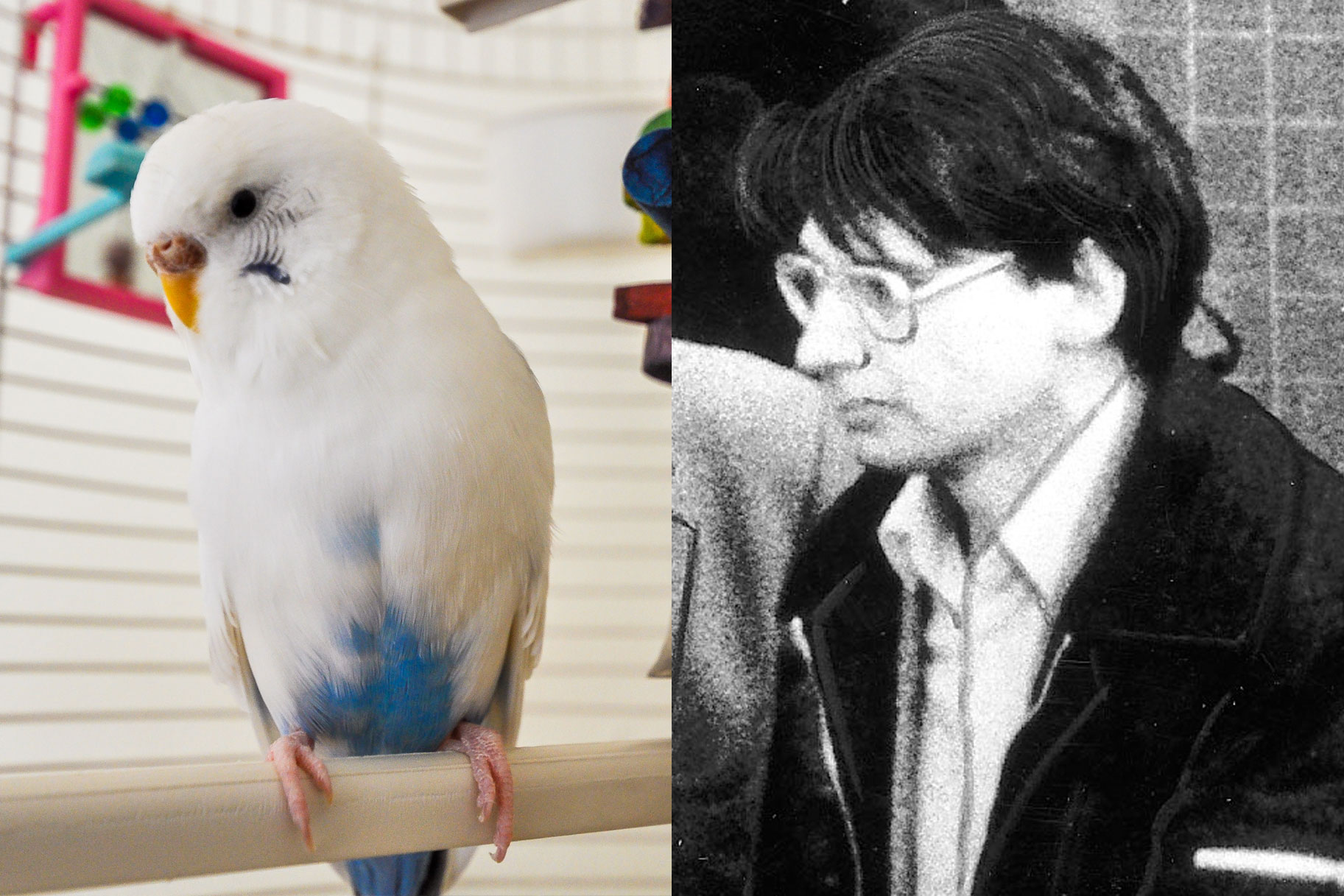Create a free profile to get unlimited access to exclusive videos, breaking news, sweepstakes, and more!
Is That a Bird in Dennis Nilsen’s Cell? A Look Into Animals Behind Bars
The chirping of a bird is audible as serial killer Dennis Nilsen rambles on in his newly released audio tapes. Are pets allowed in prison?

Serial killer Dennis Nilsen isn’t the only one talking on recordings he made in prison, played for the first time publicly in Netflix’s documentary “Memories Of A Murderer: The Nilsen Tapes.” One can clearly hear the chirps of a bird as he talks about his grisly case.
Nilsen, whom Netflix refers to as “Britain’s most notorious serial killer” killed 15 people from 1978 to 1983. During his five-year killing spree, he often targeted young men who lived on the outskirts of society. He’d lure them back to his home and strangle them, then dispose of their bodies under the floorboards of his home and later in his toilet or a bonfire in the backyard.
While his method of killing people was unusually cruel, he apparently was always kind to birds. His mother told the United Kingdom's The Press and Journal last year that he'd nurse injured birds back to health when he was a child.
His love for birds continued at maximum security prison HMP Full Sutton near York when he was allowed to keep two as pets, as a result of good behavior, tabloid Scottish Sun reported in 2020. In fact, he had two pet budgies, named Hamish and Tweetles, the Mirror reported in January.
He wasn’t the only inmate with birds in his cell.
There was convicted murderer Robert Franklin Stroud, known as the "Birdman of Alcatraz,” who became famous for his study of birds behind bars. From 1920 to 1942, while at Leavenworth Penitentiary in Kansas, he bred and raised canaries and other birds. He studied bird diseases and became a renowned researcher, according to Brittanica. “Stroud’s Digest on the Diseases of Birds,” published in 1943, is considered important work in ornithology. He continued his research at Alcatraz but was banned from further publication.
Donald Murphy, a spokesperson for the Federal Bureau of Prisons told Oxygen.com that the Bureau of Prisons does not allow "inmate companions or pets."
However, they noted that they do facilitate dog training programs through partnerships with community organizations. There are currently 22 dog training programs in operation across the Bureau of Prisons. They span across 14 different states.
"In these programs, inmates serve as dog handlers and are responsible for the dog’s training, socialization and up to 24 hours of caretaking," Murphy told Oxygen.com. "The dog training programs have a positive impact on the social climate of the institutions and continue to be a popular program recommended by inmates."
He added that "the dog programs provide inmates with the opportunity to give back to society, gain new skills, and feel a sense of pride and personal accomplishment."
Florida Department of Corrections-approved TAILS program gave applicable inmates dogs on a temporary basis to train them, ABC News reported in 2019. Many of the dogs were rescued were at risk of being euthanized after they were victims of dog-fighting and abuse. Inmates who charged with violent or animal-related crimes are not eligible and getting time with a dog is a reward for good behavior.
Cats are also temporary cellmates with some inmates at some select prisons.
The Animal Protection League launched the FORWARD program at Pendleton Correctional Facility in 2015 which allows inmates to take care of shelter cats that were in danger of being euthanized. CNN covered a similar program based out of Washington state in 2012.
Inmate Joey Walter and his cellmate Joseph Contreras got to keep a cat named Princess Natalie in their cell around the clock as a result of good behavior; the clip noted that only non-violent offenders were able to take care of cats with behavioral issues. The goal is to rehabilitate both the inmates and the cats; the inmates work on the cats’ issues to make them more prepared for a forever home.


























